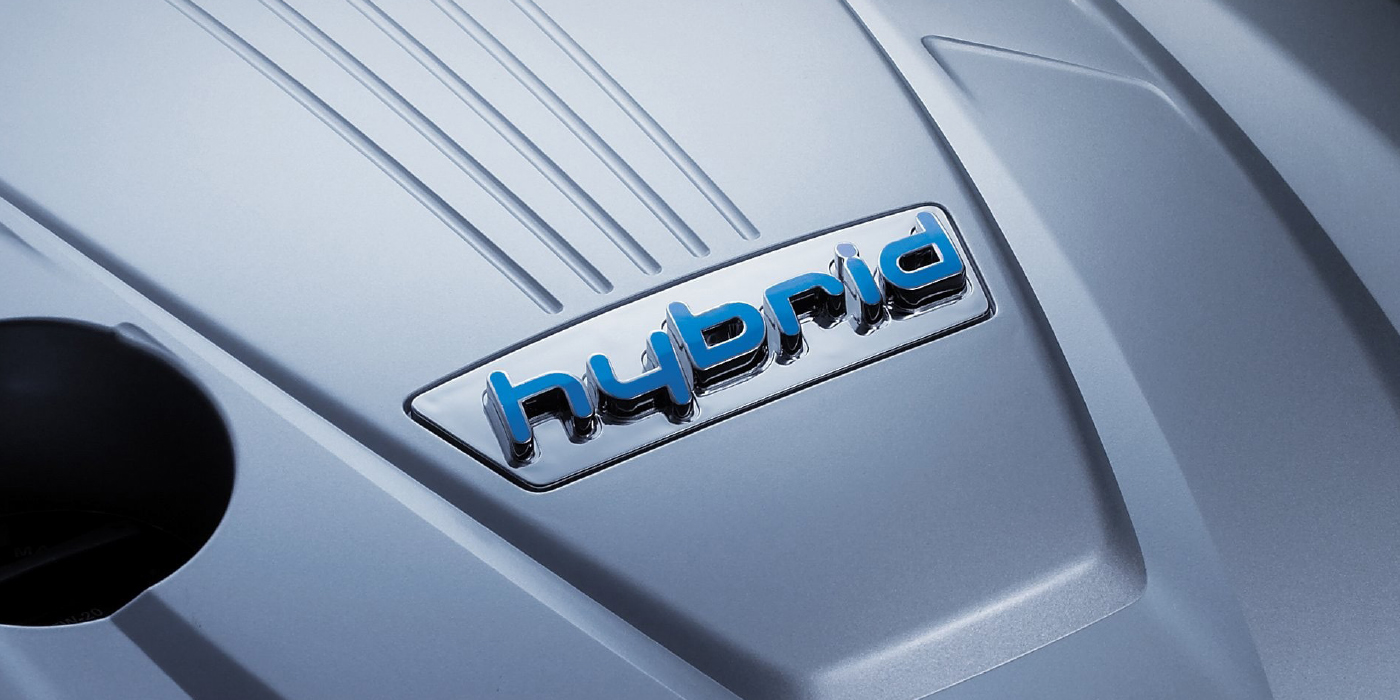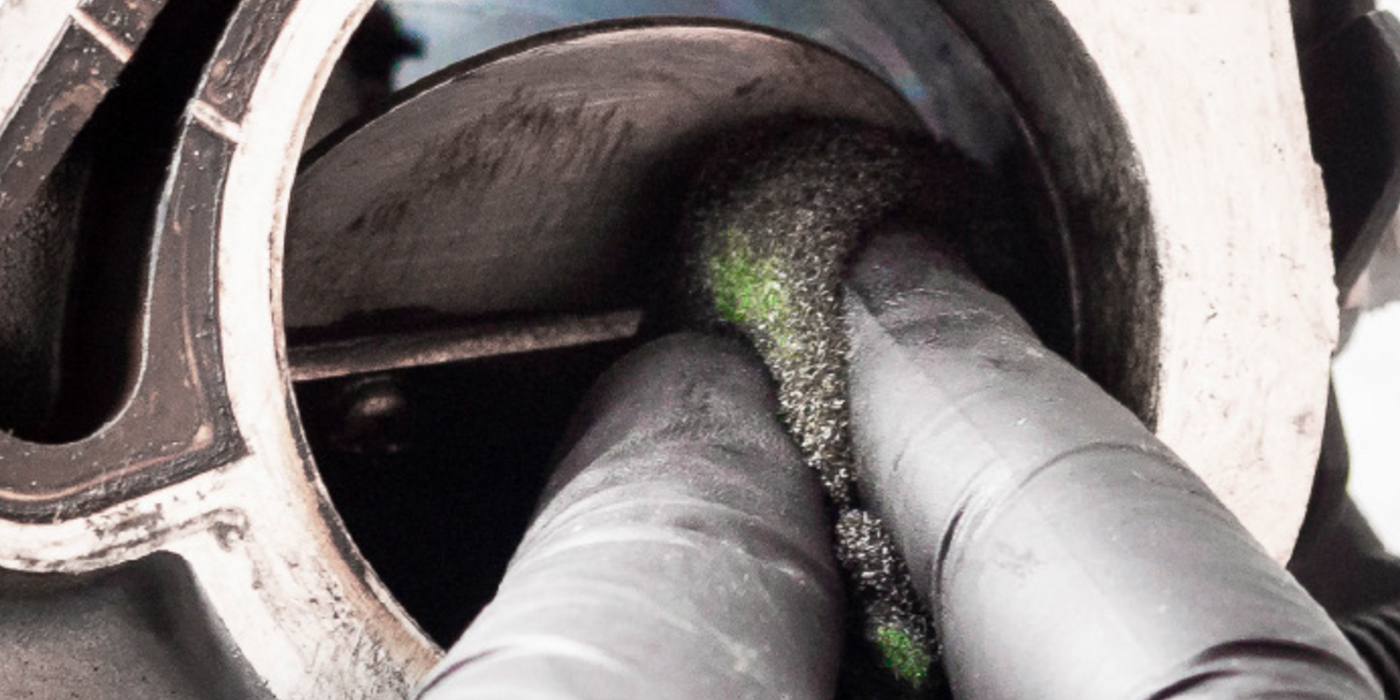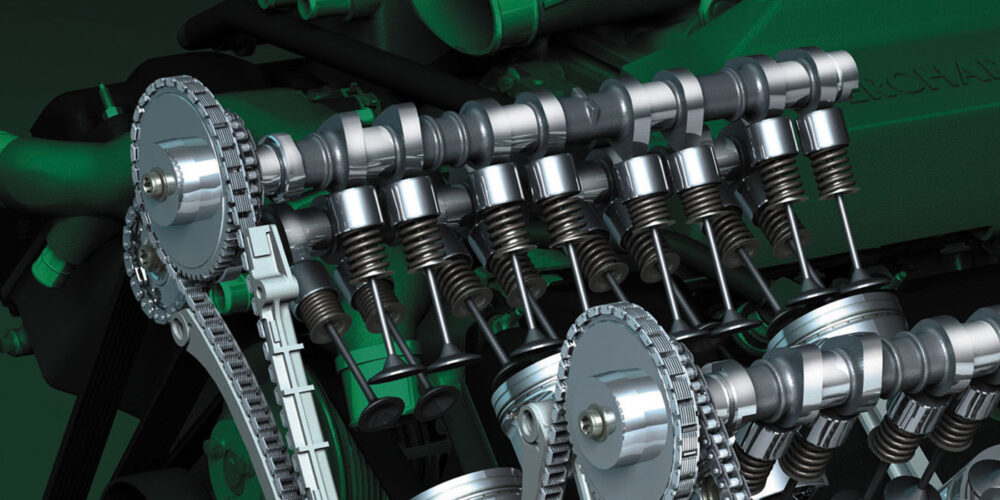Improved lubricants have allowed service intervals to extend for many vehicles with automatic transmissions, utilizing “lifetime fluids.” In the past, service recommendations for automatic transmissions were based on time/mileage tied to requirements of new vehicle warranties (2-3 years or 30,000 miles). Lifetime fluid recommendations are now 5-10 years or the life of the vehicle (100,000 miles) unless the vehicle is subjected to “severe duty.”
The question that often comes up next: When is it appropriate to perform a fluid service? Taken directly from OEM owners’ manuals, “severe duty” has historically been defined as:
• Operation of vehicle when ambient temperature is above 100° F. or below 0° F.
• Carrying heavy loads or multiple passengers on a daily basis.
• High speed highway or interstate driving for extended periods of time.
• Driving in hilly or mountainous areas.
• Stop and go driving.
By definition, most drivers are engaged in severe duty vehicle operation most of the time. The severity and non-stop cold weather of this recent winter is a perfect example of severe duty conditions that really stress and deteriorate all of the lubricants in a vehicle. The standard recommendation is to cut the recommended change interval (30,000 – 100,000 miles) in half and perform service based on severe duty (15,000 – 50,000 miles).
Most drivers are looking to minimize the cost of ownership and still meet the warranty requirements. Most warranties clearly state that failure to perform routine maintenance will void the warranty. When we service vehicles, we owe it to our customers to qualify their driving habits. We need to show them if they operate their vehicle in a manner that may require a more frequent service cycle. When we provide the customer with the advice and service they need to maintain their vehicle and OE warranty based on real world considerations, we instill trust, confidence and loyalty.
Courtesy of Lubegard
Lifter Deactivation
The area of contact between the lifters and cam lobes is the highest loaded surface inside an engine.
The basic function of a valve lifter is pretty simple. It sits on the camshaft and transfers the motions of the cam lobe up through the pushrods and rockers to open and close the valves. The size and shape of the cam lobe under the lifter (multiplied by the ratio of the rocker arms) determine valve lift and duration. As such, the lifter just follows the motions of the cam. But, it does play a role in valvetrain lash (clearance) and noise.
Alternator Testing For No Charge Conditions
Many alternator problems turn out to be nothing more than a bad connection at the alternator or a bad wiring harness.

Understanding Coolants
All-season coolant used inorganic acid technology and worked great for almost 30 years.

Ignition System Do’s and Don’ts
Why do ignition systems give technicians problems when diagnosing ignition-related misfires? The answer is that some technicians use tests that might give inconclusive results or do damage to the coil or drivers inside a module.

Tools To Service Serpentine Belts
Servicing the serpentine belt on some vehicles is a tough task.

Other Posts
Battery Charging and Diagnostics
Here are six tips to use when diagnosing a vehicle with a dead battery.

Why Do Timing Chains Stretch?
As the timing chain wears, it can change the timing of the camshaft and crankshaft.

Carbon Deposits and Direct Injection Engines
The primary cause of these problems is that fuel and added detergents are not hitting the back of the intake valves.

Hyundai & Kia Hybrid Drivetrain
The Hyundai hybrid system has a motor control unit (MCU) and hybrid control unit (HCU).






